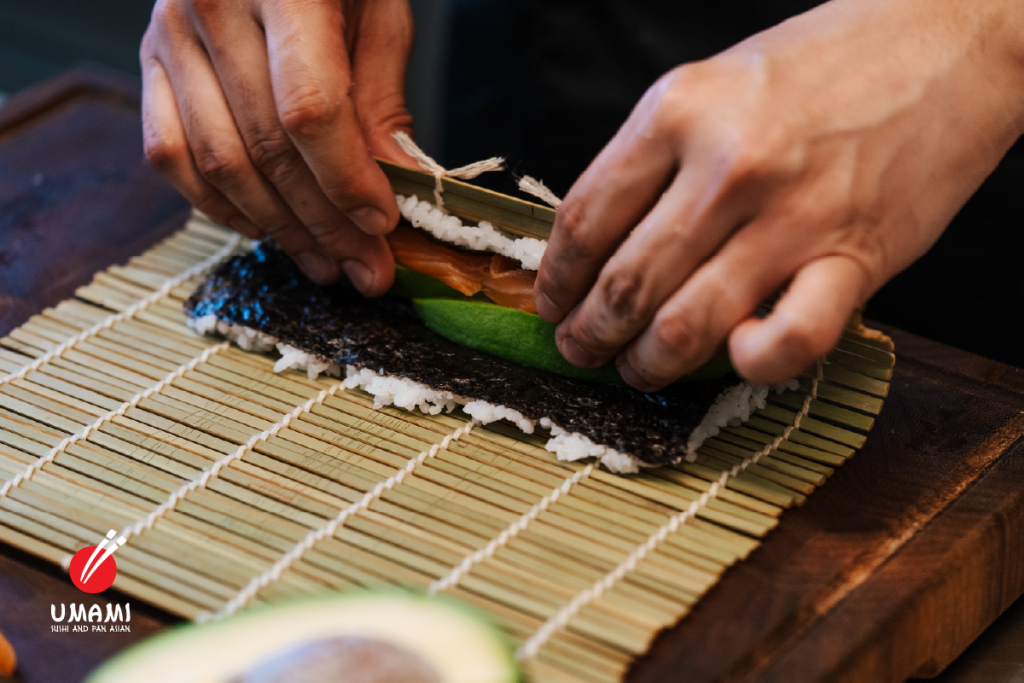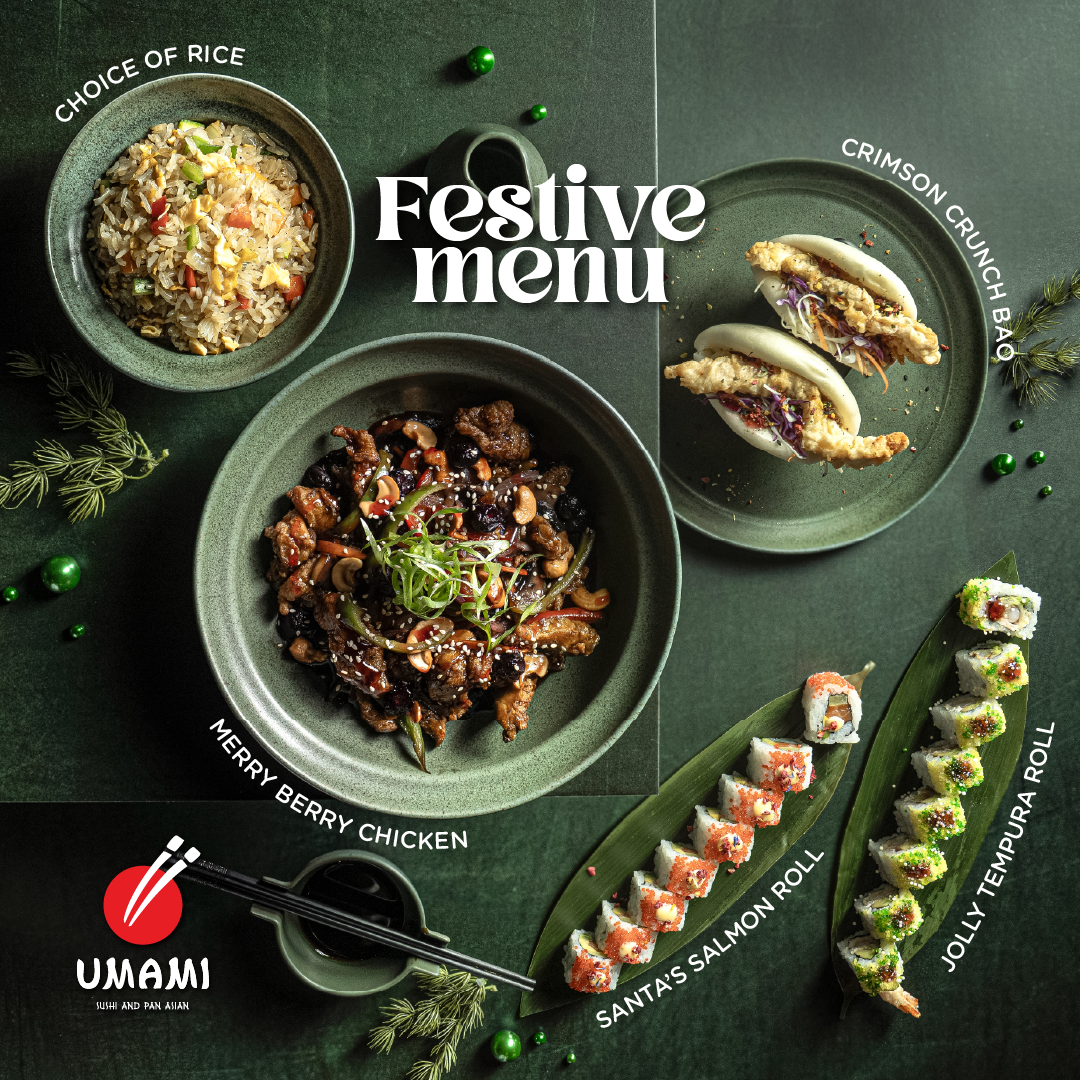Sushi, a culinary art that marries simplicity with sophistication, has a rich history that spans centuries and continents. At Umami Sushi and Pan Asian Cuisine, we celebrate this remarkable journey by bringing the essence of traditional sushi to your modern dining experience. Let’s expore the fascinating history of sushi, from its humble beginnings in ancient Japan to its status as a global culinary sensation.
The story of sushi begins not as the fresh, delicate dish we know today, but as a practical method of preserving fish. Around the 8th century in Southeast Asia, a method known as “narezushi” emerged. Fish was salted and fermented with rice for months, or even years, to preserve it.
When this method reached Japan, the Japanese refined it, reducing the fermentation period and eventually developing a taste for the partly fermented fish. By the Edo period (1603-1868), the Japanese had discovered a quicker method of fermentation using rice vinegar, which not only preserved the fish but also enhanced its flavor. This innovation marked the beginning of sushi as a distinct culinary art form.
In the early 19th century, sushi began to resemble the modern version we enjoy today. Hanaya Yohei, a pioneering sushi chef in Edo (now Tokyo), is often credited with creating “nigiri-zushi.” This version of sushi featured fresh fish atop small balls of vinegared rice, making it an early form of street food sold at street stalls.
Nigiri-zushi quickly became popular among the bustling city dwellers of Edo. The use of raw fish was a significant shift, emphasizing freshness and the natural flavors of high-quality seafood. As Tokyo’s influence grew, so did the popularity of nigiri-zushi, which spread throughout Japan and eventually to the rest of the world.
The 20th century saw sushi crossing international borders. Post-World War II, Japanese immigrants introduced sushi to the United States and other countries. The first sushi restaurant in the U.S. opened in Los Angeles in the 1960s, and by the 1970s, sushi had become a trendy food among Americans.
To cater to local tastes, chefs began creating new types of sushi. The California Roll, featuring avocado, crab, and cucumber, is a notable example of this adaptation, making raw fish less intimidating to Western palates. This creativity and fusion of flavors helped sushi gain a foothold in diverse culinary landscapes.
Today, sushi is celebrated worldwide as both a traditional dish and a canvas for culinary innovation. At Umami, we honor the centuries-old techniques while embracing modern twists. Our chefs meticulously select the freshest ingredients, paying homage to the art of sushi-making while infusing contemporary flavors and presentations.
We offer a variety of sushi, from classic nigiri and sashimi to inventive rolls that reflect global influences. Each dish is crafted with precision and passion, ensuring an unforgettable dining experience that bridges the gap between tradition and modernity.
The history of sushi is a testament to its enduring appeal and adaptability. From ancient preservation methods to gourmet dining, sushi has evolved remarkably while retaining its core principles of simplicity, freshness, and balance.
Whether you’re a sushi lover or a curious newcomer, Umami’s diverse menu offers choices for all. Join us in celebrating the timeless taste of sushi, where every bite is a journey through history and culture.


